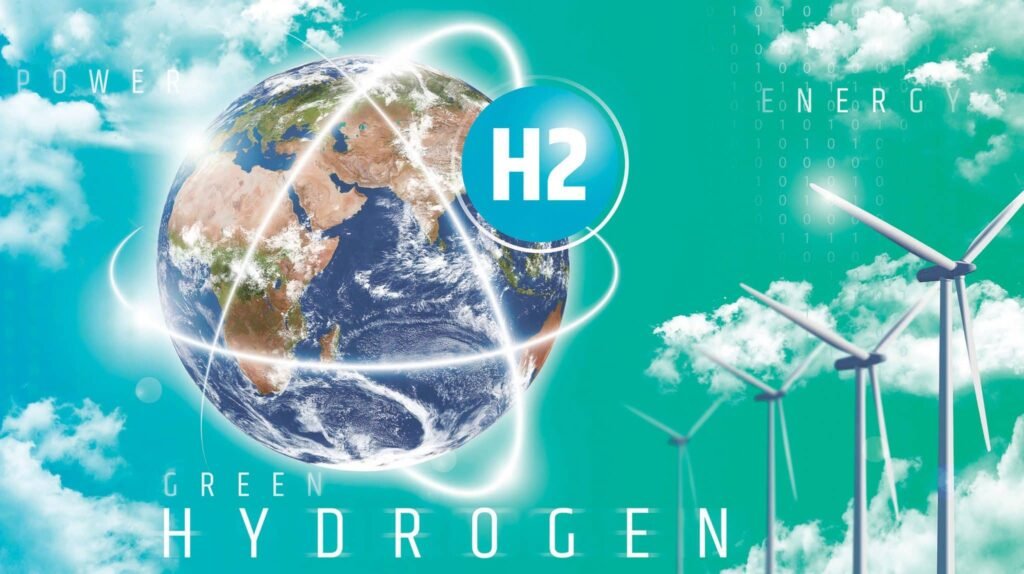With the regulatory framework and the recovery plan, the carbon-free hydrogen sector is being deployed. At a time when the first bricks in the construction of all this activity are ready to be laid, it is necessary and still time to check whether this building is indeed based on good foundations. In light of the projects in the making, the writing ofHydrogen+ offers you a little reflection on the logistics of deployment.
The objective is therefore to establish a sustainable energy sector for the production and use of carbon-free hydrogen. The equation to be solved in the best way results from three factors: production, uses and their interaction (connection).
Transportation cost
The cost poses the problem of hydrogen transport and logistics which, as we will see in this file, can annihilate the return on a project. As a result, in most cases, production and consumption have an interest in being close together, unless a larger pipeline transport network is developed around large consumption sites.
As far as production is concerned, hydrogen requires a carbon-free source of electricity: photovoltaics and wind power, but also, to a large extent today, nuclear power. Electrolysis production projects focus on the first two means of energy production. A production which, however, requires a minimum of electrical power, which puts offshore wind projects, but also wave electricity production, in the front line, followed by territories with dense fields of wind turbines, sometimes at the end of the contract, and the photovoltaic fields which are multiplying on wastelands or buildings as far as the North of France. There remains the question of the electricity production cost/hydrogen yield ratio. Massification and technological innovation, however, suggest a “reasonable” price for green hydrogen in the medium term.
Territories and industry
Territorial deployments associated with land and sea wind farms are therefore one of the targets of hydrogen production projects. But these sectors are often far from the areas of high industrial density which until now were the main consumers of hydrogen: Normandy, Hauts-de-France, Est, Rhône-Alpes, PACA and, to a lesser extent, around Lacq (Pyrénées- Atlantics). This therefore implies either transport in large quantities, or use of hydrogen on site, particularly geared towards mobility. As for industrial zones, they find a natural use of hydrogen, which consuming companies wish to “decarbonize”. However, we note that substitutes for hydrogen have been developed, in refining in particular.
Industrial use
This implies anticipating real hydrogen consumption in the long term, especially as activities linked to fossil fuels (refineries, etc.) are expected to decrease. Here again, mobility, particularly heavy mobility (trucks, trains, but also boats), can be a significant source of consumption. For the PACA, Normandy, Hauts-de-France zones, and even for territories on the Atlantic Coast, the consumption of hydrogen for boats on land and at sea is of course an important source of use. Especially since these areas are equipped with infrastructure already receiving hydrogen and boats also allow more economical transport of this energy. For the East Pole, the proximity of Germany and Luxembourg suggests a larger hydrogen backbone. Finally, certain regions will be able to allow storage and therefore reserves of this energy.
Around the poles!
The deployment of the sector should therefore not be uniform across French territory, but concentrated around important industrial centers and territorial centers of more or less modest sizes depending on the local development of wind turbines or fields of photovoltaic panels, or even smaller consumption units, such as the Michelin site in Vannes which brings together production, industrial consumption and station, unless each nuclear power plant also develops a hydrogen energy territory around it.
This could reduce hydrogen road transport mobility, or at least reserve it for better served areas or captive fleets around territorial projects, although the autonomy of hydrogen vehicles is similar to that of diesel vehicles. It should be noted that rural areas benefit in the energy transition from the additional energy provided by biomethane units. Each renewable energy will have its place in the future French energy landscape. All these elements make it possible to draw up a “hydrogen” map of France, with the first achievements or projects to be found in the pages that follow.

